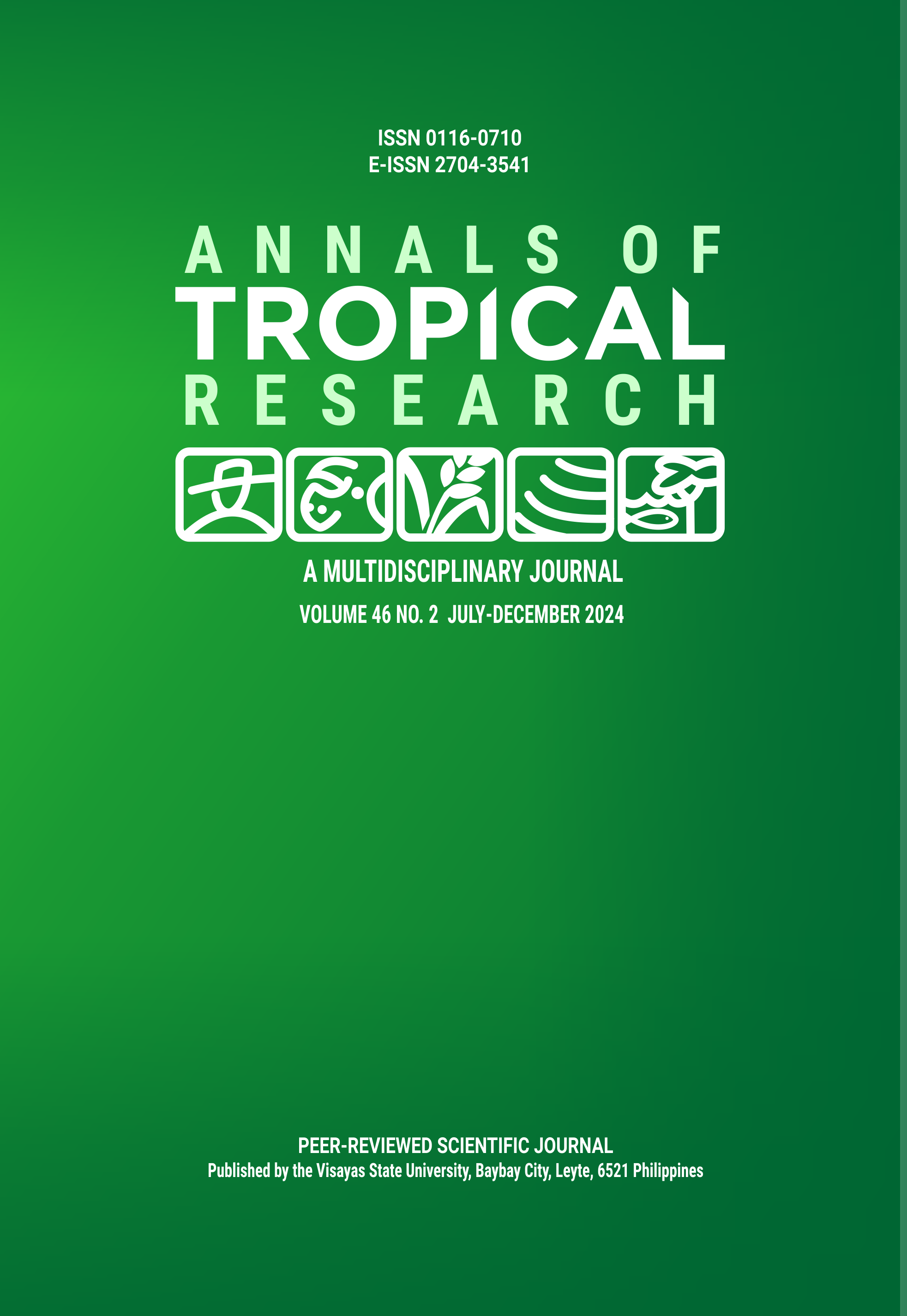Amphibians and reptiles from Leyte Sab-a Basin Peatland: A unique wetland habitat in Leyte, Philippines
DOI:
https://doi.org/10.32945/atr4627.2024Keywords:
Arboreal, endemic, Mindanao Pleistocene Aggregate Island Complex (PAIC)Abstract
The Leyte Sab-a Basin Peatland (LSBP) is a unique wetland ecosystem that is an important refuge for biodiversity. However, the diversity of wildlife communities in peatland ecosystems, particularly herpetofauna (amphibians and reptiles), remains poorly understood. Therefore, the present study provides preliminary accounts of herpetofauna's occurrence, endemicity, habitat, and microhabitat use in LSBP. The field surveys in the peatland have yielded 39 herpetofauna species, comprising 13 frogs, 13 lizards, 12 snakes, and one turtle. Records from a previous study revealed a total of 44 herpetofauna species known to occur in peatland. A threatened species documented in the peatland is the Mindanao Fanged Frog (Limnonectes magnus Stejneger), which is already classified as near threatened based on the IUCN Red List of Threatened Species. The overall herpetofaunal endemicity was 64%, with an endemicity of 61% and 65% for amphibians and reptiles, respectively. The majority (69%) of the amphibian species occurred within the peatland area (peat swamp forests, grassland, and agricultural areas), while almost all (92%) of the reptile species were at least utilizing peatland edge/ecotone habitats. Around 43% of the amphibian species, mainly from the family Dicroglossidae, utilized terrestrial and aquatic microhabitats. For reptile species, a comparable portion of 46% utilized arboreal and terrestrial microhabitats. Lastly, it is crucial to implement conservation measures towards the unique ecology/biology of the herpetofauna species and the habitat dynamics in the peatland.
Downloads
Submitted
Published
How to Cite
Issue
Section
License

This work is licensed under a Creative Commons Attribution-NonCommercial-NoDerivatives 4.0 International License.











